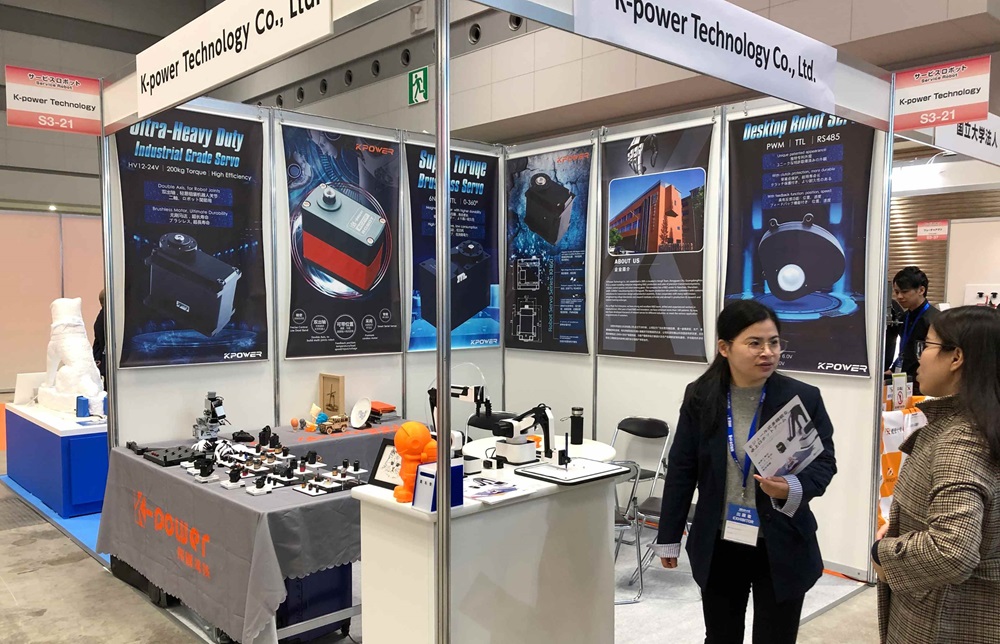Sure, let's dive into this. Imagine you're trying to build a city—do you go for one massive superstructure or many smaller, specialized neighborhoods? That's the core of microservices versus monolithic architecture. It's a classic tech debate but one that really impacts how a business scales, adapts, and survives in the ever-changing digital landscape.

Monolithic systems? They're like that big, sprawling shopping mall everyone shops at. Everything from customer login to payment processing is lumped together, tightly intertwined. It’s simple at first—build it, deploy it, it works. But as demand grows or new features creep in, suddenly that big mall feels cramped and cluttered. One broken elevator or a flickering light can shut down the whole place. Maintenance? It’s a chore—patching one part might cause unpredictable ripple effects elsewhere. Upgrades turn into risky lengthy projects. It's safe but slow, and not exactly built for agility.
Now, microservices break things into tiny, manageable chunks. Think of a city with specialized neighborhoods—one for dining, one for entertainment, another for business. Each microservice handles a specific job. Deploy one, and it’s like planting a new shop; the rest keeps humming smoothly. What’s exciting? Scalability. When traffic spikes at the checkout, just boost that one microservice without overhauling everything. Fault isolation? It’s pretty neat—if one part falters, the others keep running. That makes updates faster and less disruptive.
But wait, that’s not all sunshine. Managing many microservices? It’s like juggling. You need good orchestration, solid communication, and careful version control. Otherwise, chaos might ensue. Monolithic architecture feels more straightforward—fewer moving parts, less complexity in deployment, but at the cost of flexibility. It’s suitable for small teams or startups with minimal scaling needs.
You might wonder—when should I pick which? Well, if your business is still figuring things out, or you need rapid iterations with tight control, starting monolithic might make sense. But as things grow and evolve, microservices give you the power to adapt, like adding new lanes to your city without shutting down the entire highway.
So, what's the takeaway? Think about your growth trajectory and flexibility needs. Both architectures have their merits and pitfalls. The key is understanding the road ahead so you don’t get stuck in a system that can't keep up. After all, in the tech world, the ability to pivot and scale fast can be the difference between leading the race or falling behind.
Established in 2005, Kpower has been dedicated to a professional compact motion unit manufacturer, headquartered in Dongguan, Guangdong Province, China. Leveraging innovations in modular drive technology, Kpower integrates high-performance motors, precision reducers, and multi-protocol control systems to provide efficient and customized smart drive system solutions. Kpower has delivered professional drive system solutions to over 500 enterprise clients globally with products covering various fields such as Smart Home Systems, Automatic Electronics, Robotics, Precision Agriculture, Drones, and Industrial Automation.




































